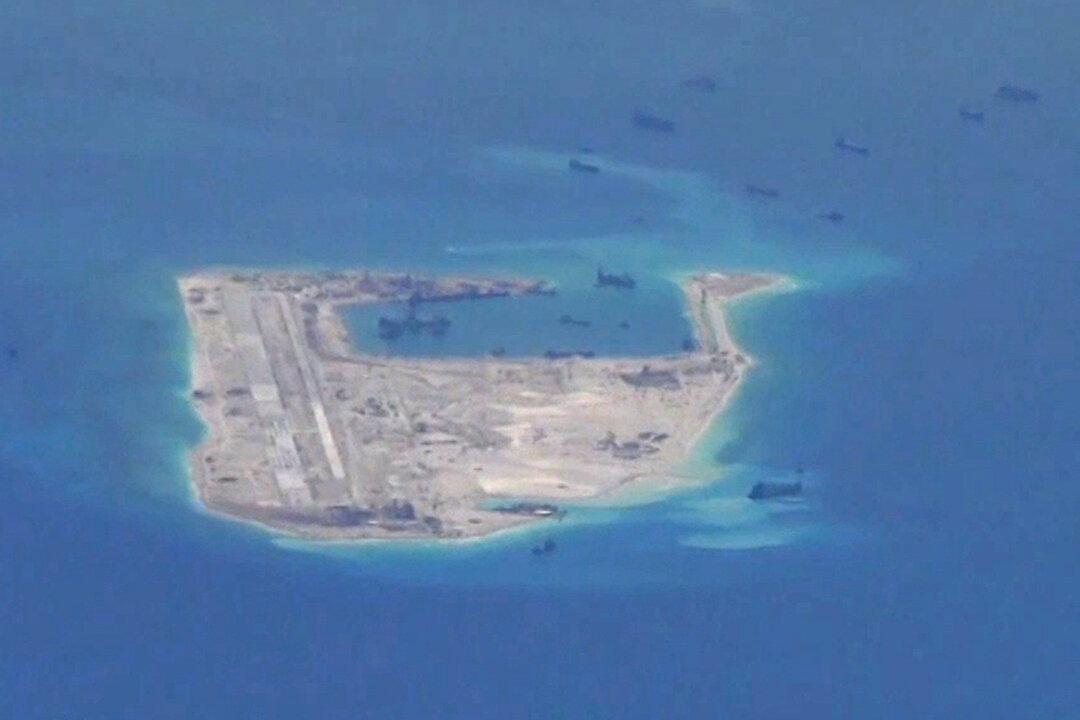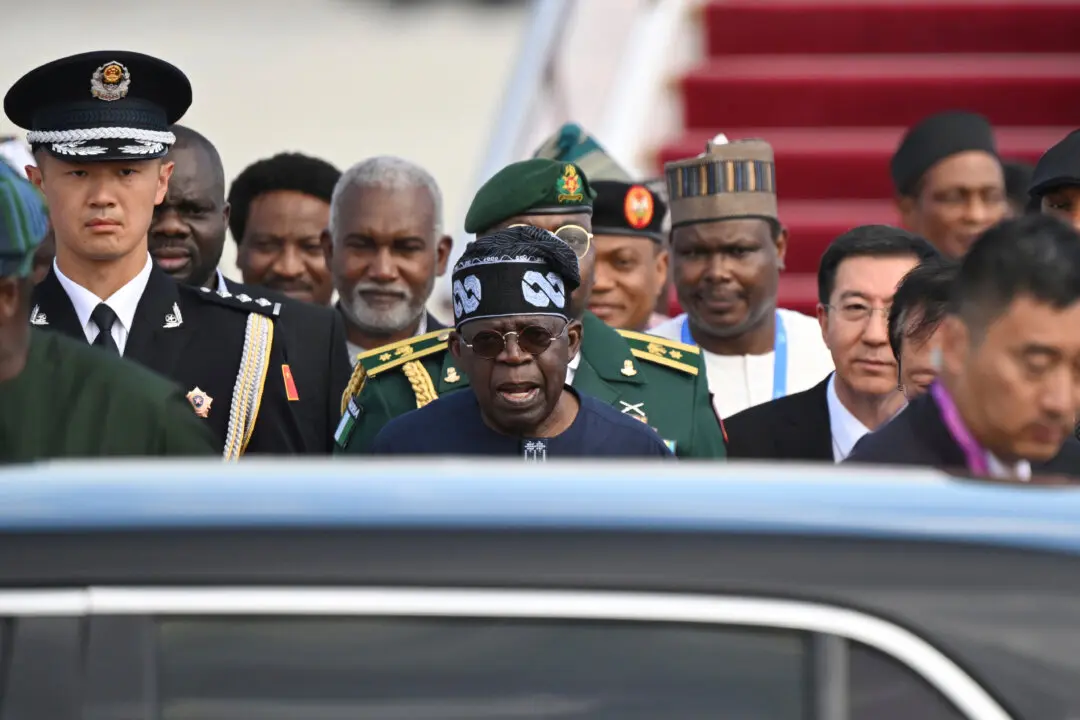TOKYO—U.S. Navy ships conducted joint drills with warships from allies Japan, Australia and South Korea in their first combined exercise in the Western Pacific, the U.S. Navy said on May 23.
The Pacific Vanguard exercise near the U.S. island of Guam takes place ahead of President Donald Trump’s visit to Japan this weekend, as Washington looks to allies in Asia to help counter China’s military might in the region.





